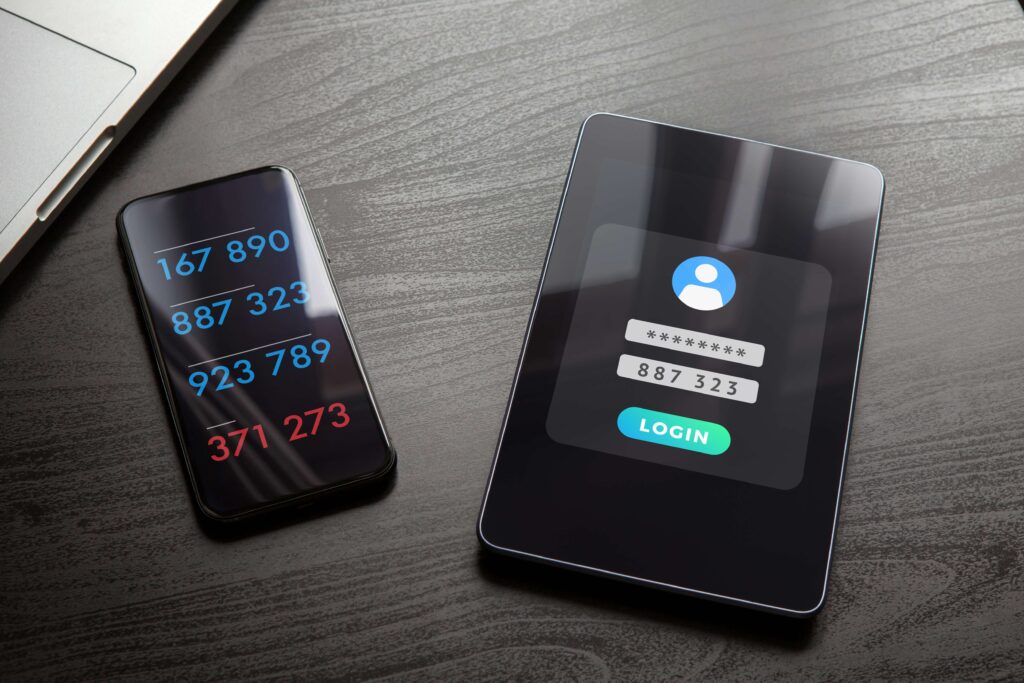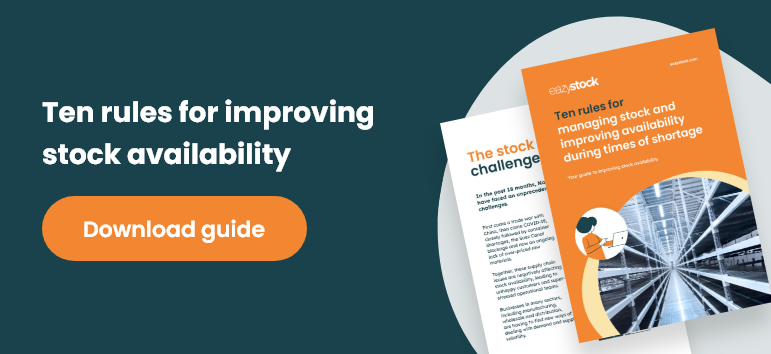Supply chain cyber security: 5 ways to minimize threats
Unsurprisingly, given the increasing number of digital breaches and cyber attacks, supply chain security is a growing concern for many businesses. Businesses of all sizes are vulnerable to cyber attacks as hackers find new ways to get past cyber security, and attackers exploit weak supply chain security.
According to IT Governance, in January 2024, there were 29,530,829,012 known records breached and 4,645 publicly disclosed incidents. This was 29,283,481,563 and 3,987 more than the monthly averages of 1,247,047,449 records breached and 658 publicly disclosed incidents for Q4 in 2023, respectively.
News like this is becoming frustratingly commonplace, which Tietoevry Corporation found in January 2024, when one of their Swedish data centers was attacked. Fortunately, Tietoevry limited the impact to one platform, which they could isolate for other systems. However, this still impacted their customers, and the effects were felt across Swedish society.

Digital transformation is happening rapidly; eCommerce is booming, and businesses are introducing new internal business systems to improve organizational efficiency.
This digital transformation means global supply chains are more connected than ever. While this might be good for business, this connectivity and growth increases the potential for supply chain attack at every stage of software development, distribution and maintenance.
However, there are several best practices that you can follow to improve your supply chain security, safeguard your data and minimize the risk of digital breaches. It starts with a proactive approach to risk management and cyber security.
Three pillars to secure data within your organization
Cyber security starts with your organization. As part of a supply chain, your organization handles sensitive information including customer and supplier data, proprietary information, intellectual property and personnel data. You need to consider three main areas when establishing and maintaining cyber security within your organization. They can also help when vetting software for your business and working with third-party organizations like suppliers.
Security:
Start by understanding your current risk management process. Do you know what processes you have to handle IT security at every level of your business?
- On a fundamental level, you should segregate your network and include firewalls, proxy servers and filtering.
- Encrypt and continually monitor data for integrity.
- House physical hardware, including servers, at accredited data centers or on-site with restricted access.
- Implement two-factor authentication and strong passwords for access to any application.

Privacy:
It is your responsibility to know who has access to your data and the rules that your data is subject regarding the software and applications you use.
- Ensure there is a clear footprint of where your data is hosted.
- Following data privacy regulations for your network, such as GDPR or CCPA.
- Understand what happens to your data in certain applications when your contract ends.
Compliance:
Understand your business certifications and industry standards around security, data availability and confidentiality and consider any other organizations/applications you depend on. For example, one of the highest compliance standards (and the only internationally recognized certifiable information security standard) is ISO-27001 certification, a framework for information security management systems (ISMS). When you vet companies or applications to work with, it’s a good sign of the quality of their security practices.
Mitigating threats to cyber security
Increased digitalization naturally increases risk, so it’s essential to be proactive and safeguard your supply chain as much as possible. Here are some steps you can take to help mitigate those risks.
1. Evaluate the security of your business and any other third-party suppliers and vendors in your network to understand the risks.
Cyber security requires constant maintenance. Implementing best practices for security is only the first step; continued monitoring and evaluation of your organization’s digital presence is an ongoing process.
Before protecting against attacks, you need to understand what you’re protecting and why. Do you have a comprehensive understanding of all data, software and external networks you operate or that have access to your systems? You should also perform a risk assessment to ensure you have covered all eventualities.
Ensure you have a record of all your suppliers and ask for their security policies and procedures if they have virtual access to your company’s information systems or data. What data can they access? Who can access it? How are they using it?

Reviewing and ranking your suppliers by risk will help you identify the most critical suppliers who could impact your business if they suffer an attack. If they can be substituted easily, the risk is lower. However, if a sole supplier or one that can’t easily be substituted is compromised, it could severely disrupt your business, so mark them as high-risk.
2. Communicate policies with all relevant internal and external parties.
When dealing with suppliers and third parties, ensure they understand your security needs and minimum security requirements. You can build this into your contracts and supplier-selection processes.
Supply chain security and risk management aren’t as simple as hiring a security manager. Every employee at your company is responsible, especially with the increase in remote working and using different devices and networks.
Make sure you communicate security practices and requirements clearly and effectively. Include any requisite training and implement processes for continued reminders and updates. Your organization’s security is only as strong as your weakest link.
Review policies and procedures regularly and update relevant parties immediately where there are changes.
3. Secure your most valuable assets.
If your business’ cyber security was breached in a cyber attack, what is the most valuable information the hackers could find? That’s where you need to focus your greatest security efforts. Likewise, you need to know when other organizations in your network are breached. What data of yours is accessible through their systems? What can you do to minimize risk here?
Some ways to secure your supply chain include:
- Using software to log and track all outgoing and incoming shipments. You can also do this using Internet of Things devices. This can give you near real-time information, although it does bring in more risks.
- Implementing Blockchain technology to create a tamper- and hacking-proof decentralized digital transaction ledger. Each block in the chain contains several transactions that cannot be altered. This tamper-proof record of every transaction in the supply chain, from manufacturers to end customers, provides transparency and traceability to increase supply chain trust.
- Conducting regular audits of software, suppliers, factories and warehouses.
- Using internationally accredited and certified suppliers and conducting background checks to ensure security compliance.
- Restricting access to certain data or systems based on roles and need to know.

4. Implement a zero-trust policy.
This is exactly what it sounds like – assume that every data, user, application or connected device isn’t secure until proven otherwise. As security is ongoing, continually authenticating, verifying, and monitoring is crucial, especially as remote working has become more common and teams use different devices and networks.
5. Hope for the best, prepare for the worst.
No one wants a data breach, but no cyber security is 100%. In the event of a breach, what are your steps for damage control? This includes breaches within your business and its network. If they are hacked, how will they alert you? Containment and minimizing damage are paramount, and any response needs to be rehearsed, swift and effective.
Getting started
Supply chain cyber security is a huge task, but one that’s critical to success. While it might seem overwhelming, start by understanding you business and risks. You can then increase communication and transparency within your company, build trust with any third party organizations in your supply chain and outline an effective containment plan in case of a breach.









